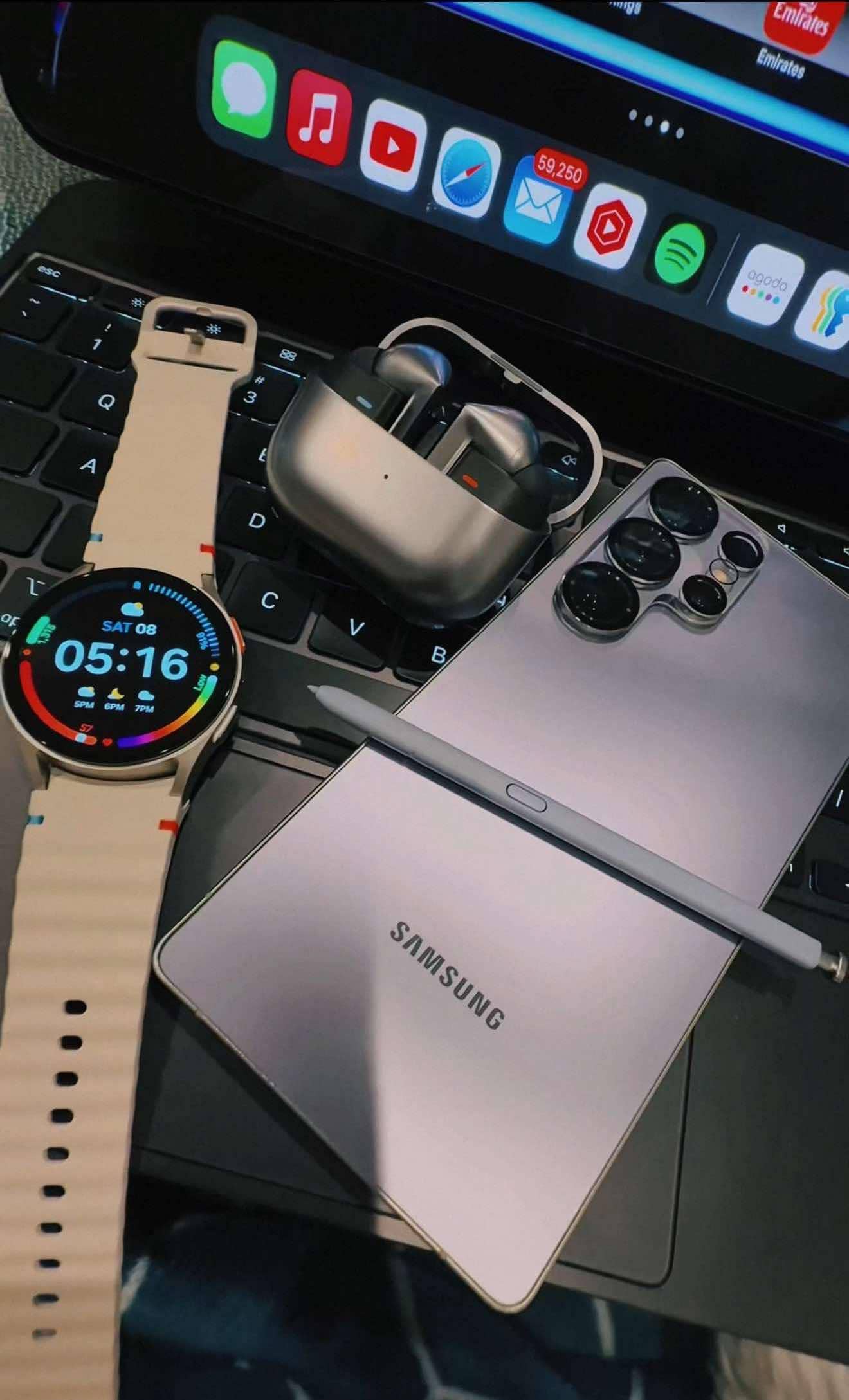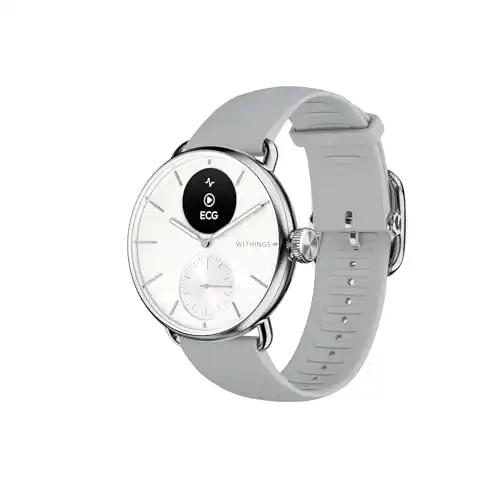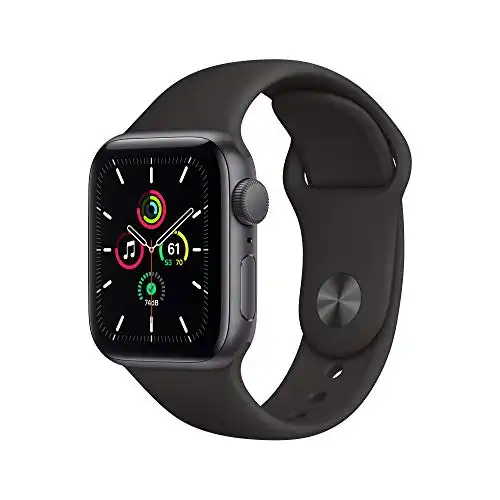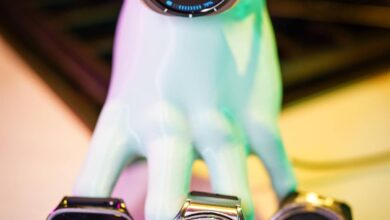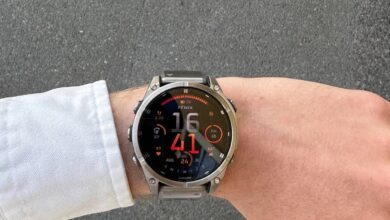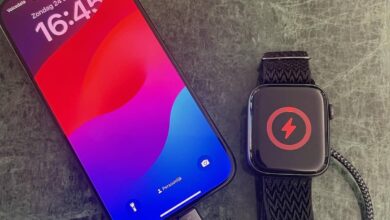Best Smartwatches for Health Monitoring – Don’t Buy Before Reading This Review!
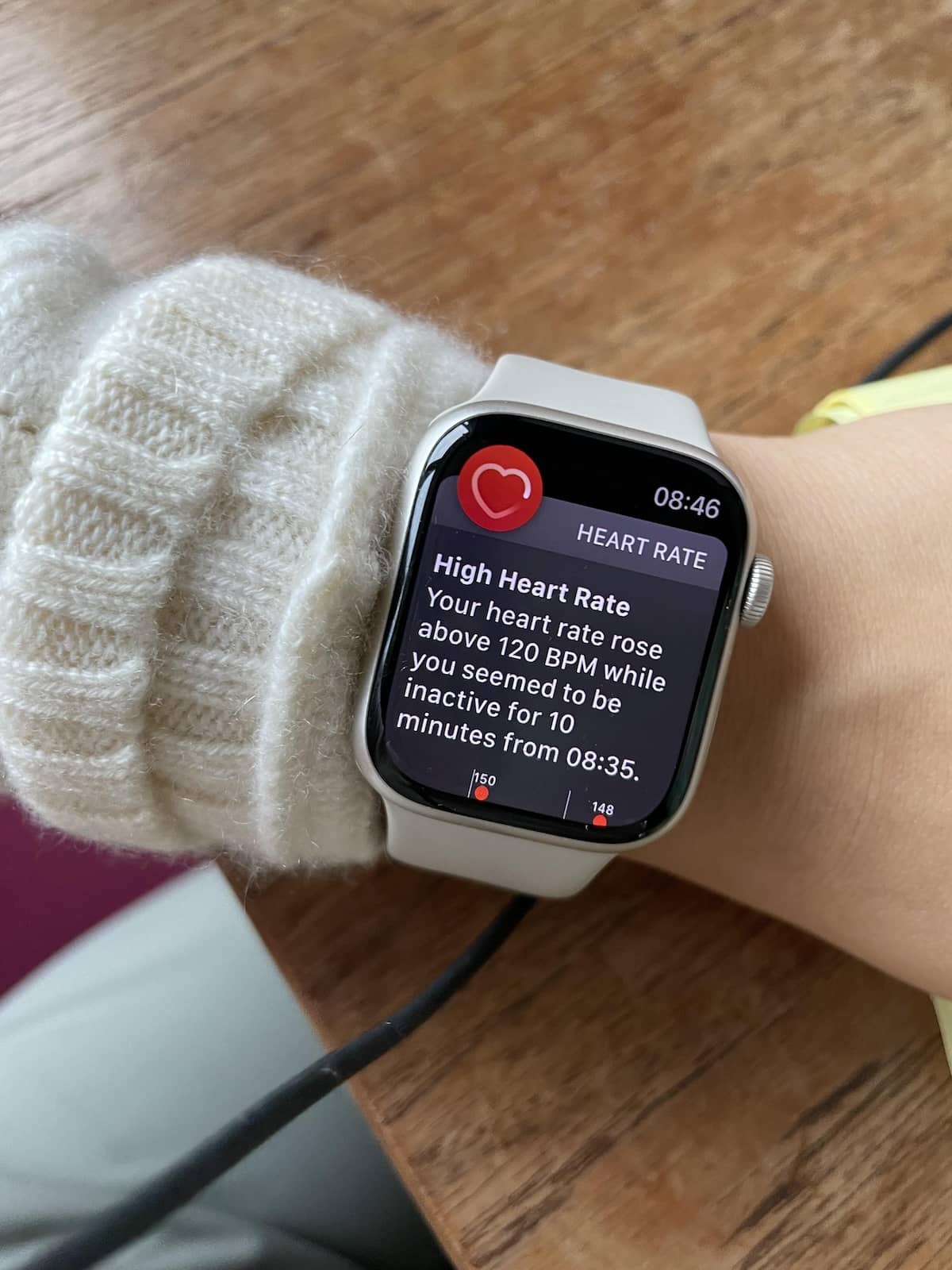
A few staffers in the office annex still remember the early days of personal health monitoring. There was a chest strap, positioned around your chest to measure heart rate metrics. For step counting, a clunky shoe sensor recorded your movements, often with questionable accuracy. Modern health and fitness activity sensors have since found their way onto smartwatches, where LEDs on the watch rear accurately track the expansion and contraction of blood vessels below the skin. It’s smart wearable tech at its finest.
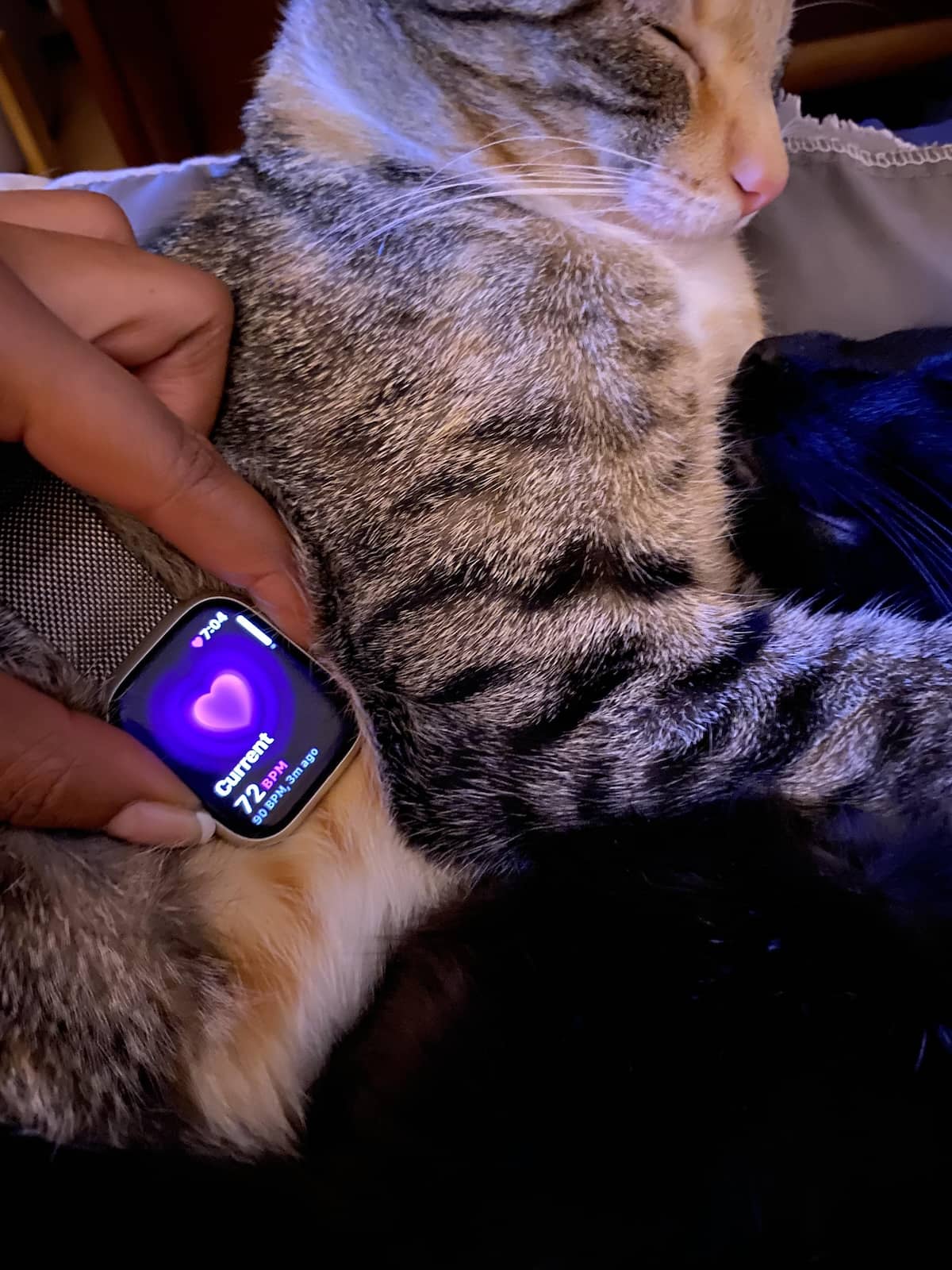
Additional features to look out for include motivational messages, health targets, sleep tracking, hydration and nutrition monitoring, and perhaps even the presence of guided relaxation exercises. Hardware extras are also desirable, like SpO2 blood oxygen saturation, for detecting respiration issues. A strong, healthy heart is one thing, but a full holistic picture of overall bodily fitness should include oxygen level checking, to ensure the blood pulsing through your veins and arteries is reaching your brain and extremities.
That being said, we’ll be testing smartwatches that give you accurate data, actionable insights, and maybe even a little nudge to stop scrolling and start moving. First, for those who’ve never owned one, what exactly is smartwatch health monitoring, and do you need a Phd in biology to wear one?
A Health Monitoring Smartwatch 101
They’re designed to be easy to operate, so don’t worry about a night school degree in medicine if you’re thinking of buying a smartwatch with health tracking capabilities. Here’s the problem, though: there are dozens of wearables that are being marketed as health trackers on Amazon. Some are even suspiciously cheap. Be aware of the fact that many of these wearables are not accurate. They don’t provide precise vital statistics data. We’ll be sidestepping these models, zeroing in on the smartwatches that are known to be accurate. They’ve been tested and professionally calibrated so that users can place their trust in the sensor analyzed data output.
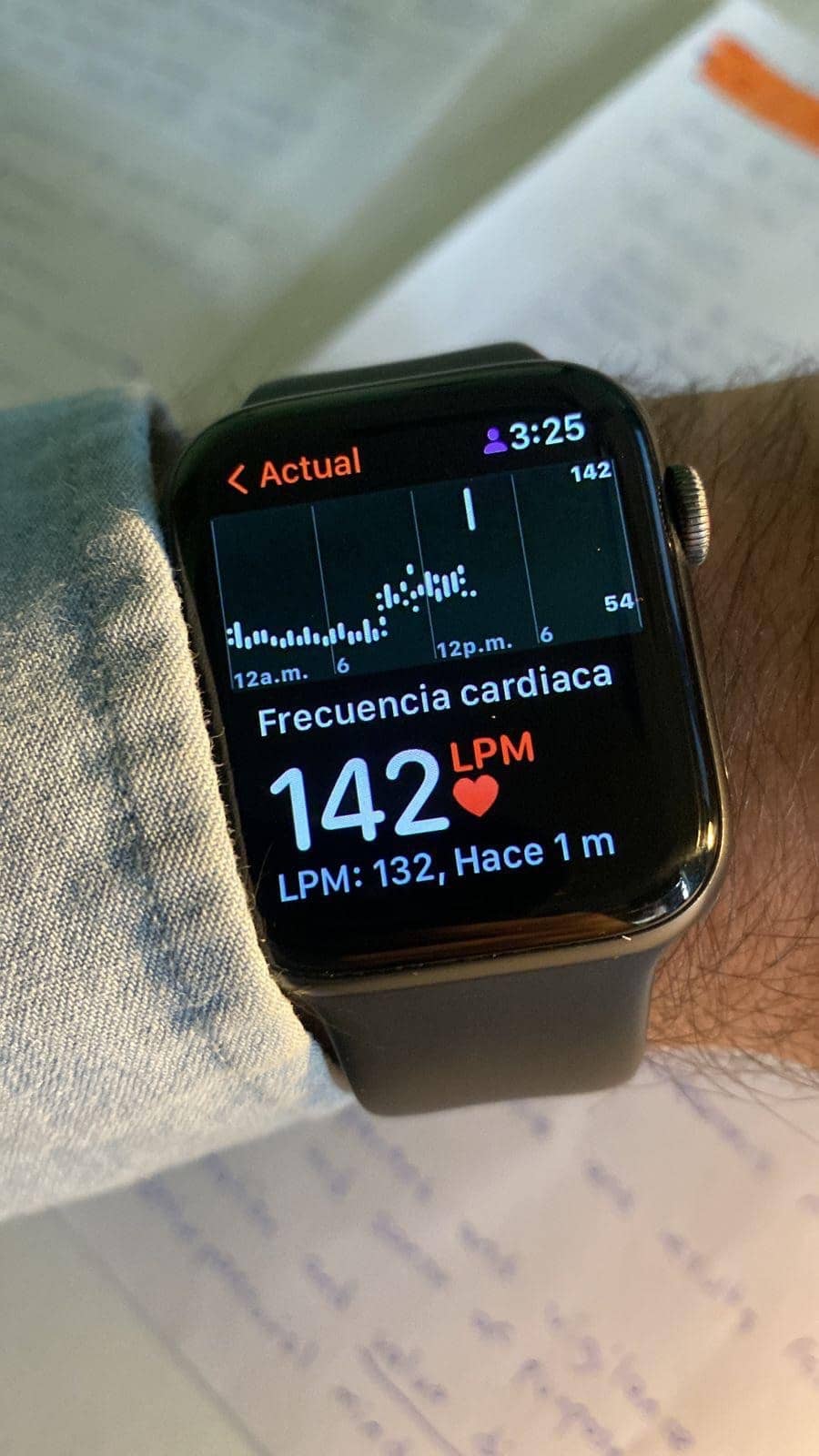
These health monitoring systems are mostly gym and slumber related. Gyroscopes and accelerometers complete that vital statistics system configuration, adding workout and fitness activity movement. Older models often required you to select the activity—let’s say swimming or cycling—while modern smartwatches can intelligently detect the workout via gyros and automatically select the appropriate fitness activity. Moving outside, hiking or camping, advanced GPS tracking and reliable cellular or WiFi connectivity works in tandem with turn-by-turn directions to keep adventuring sorts on the trail.
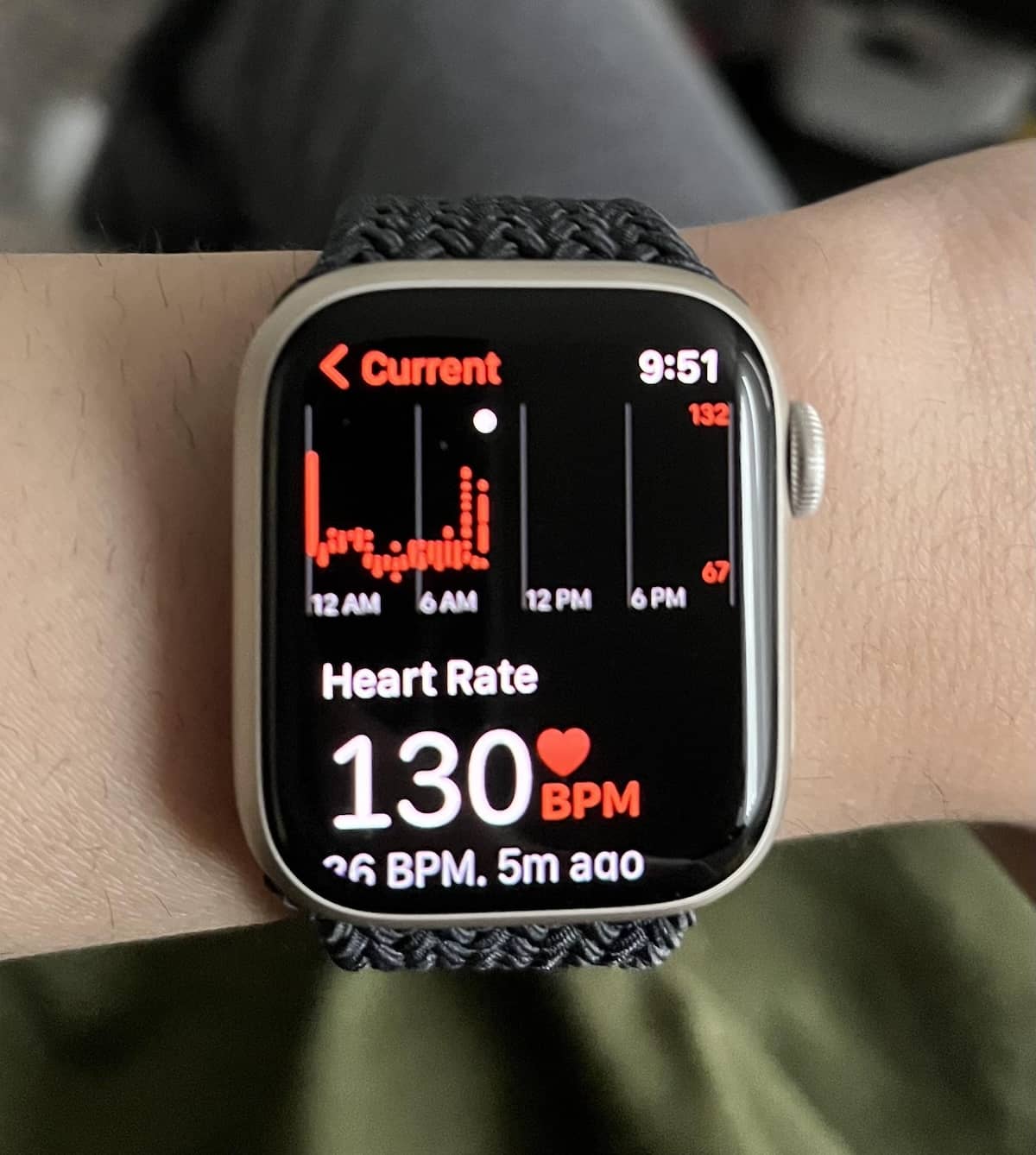
Top 5 Best Smartwatches for Health Tracking Today – Our Top Picks and Reviews
Fitbit Sense 2 Smartwatch
The first watch to fulfill this list of features and functions is up, taking our testers on the run. It’s the Fitbit Sense 2.
Only a handful of smartwatches grace the Fitbit line, which is just one reason why the Fitbit Sense 2 is special. It’s not just a tracker, it’s a fully equipped smart wearable with oodles of sensory talent in tow. A heart rate sensor is fitted, then there’s a skin conductance sensor and built-in ECG app. The Fitbit app will need to be downloaded to make sense of fine grained wellness data, but basic insights are, of course, available through the watch face, armored in its Corning Gorilla Glass 3 protective screen.
Our testers were aware of the advantages behind red and green LED technology within the wellness tracker module. Basically, oxygen saturated and desaturated hemoglobin absorbs different light wavelengths. By using different LED colors, the smartwatch can detect oxygen depletion. It’s a clever piece of technology, implemented well by Google and Fitbit engineers. Fortunately, our fitness enthusiast kept her SpO2 levels at a very healthy 98, her heart entering preset cardio zones when she hit an uphill stretch on her hike.
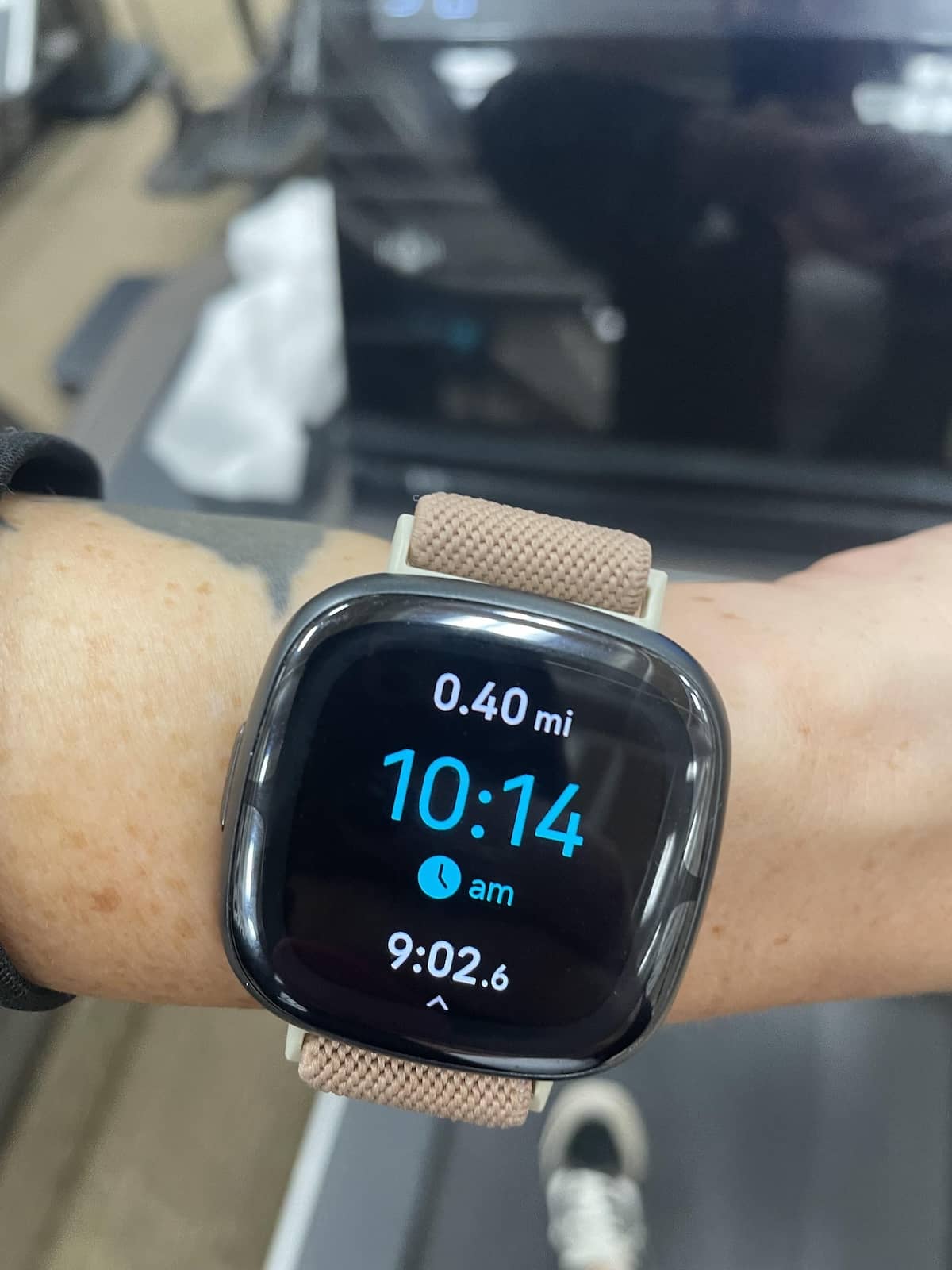
Health and wellness insights – Fortunately, conserving our energy, the ultrasharp AMOLED display rendered GPS coordinates faithfully on a smoothly scrolling map. Pleasing our lead tester, the 40.5×40.5×11.2mm face didn’t make the map rendering engine look crowded, so we were never on the verge of feeling lost.
Back on-grid, NFC compatibility and a built-in microphone/speaker combo had us contacting Google Assistant and making trouble-free contactless payments, mostly for water and nutrition bars, plus enough gas to get us back to civilization. But is it the very best smartwatch for health monitoring? Apple insiders might disagree.
Apple Watch Series 10 Smartwatch
Gadget enthusiasts, at least some of them, buy the Apple Watch Series 10 because of prestige and fashion. They even take some pleasure out of the ECG graph generated by the always on OLED Retina display. What they don’t realize is how accurate that display is, rendering every detail of a wearer’s heart profile with electrocardiogram precision. This report from the NLM (National Library of Medicine) goes into more detail, giving the sensor a glowing review.
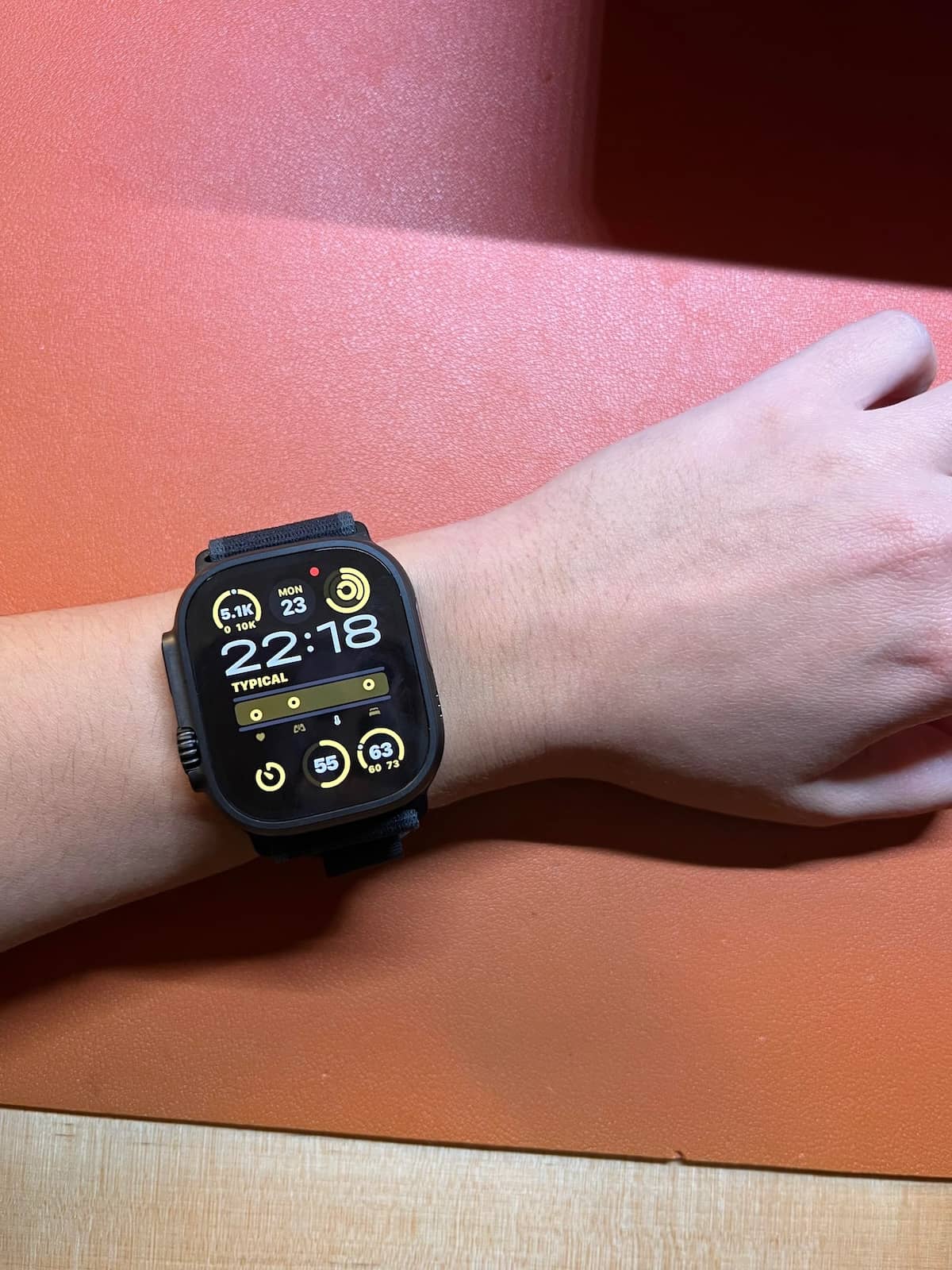
Although we’ve stubbornly resisted reviewing non-health hardware features, it’s hard to ignore certain watch attributes when they complement wellness tracking. The attractive watch crown, for example, forms the second lead of the ECG test circuit. The S10 64-bit processor is equally essential, coordinating all of the sensory input, analyzing it, and displaying the results on the 2000 nit bright OLED panel. And yet, somehow, the watch is only 9.7mm high, fading into the background, forgotten by the wearer as they step on to a new workout machine at the gym or catch up on their steps on a country walk.
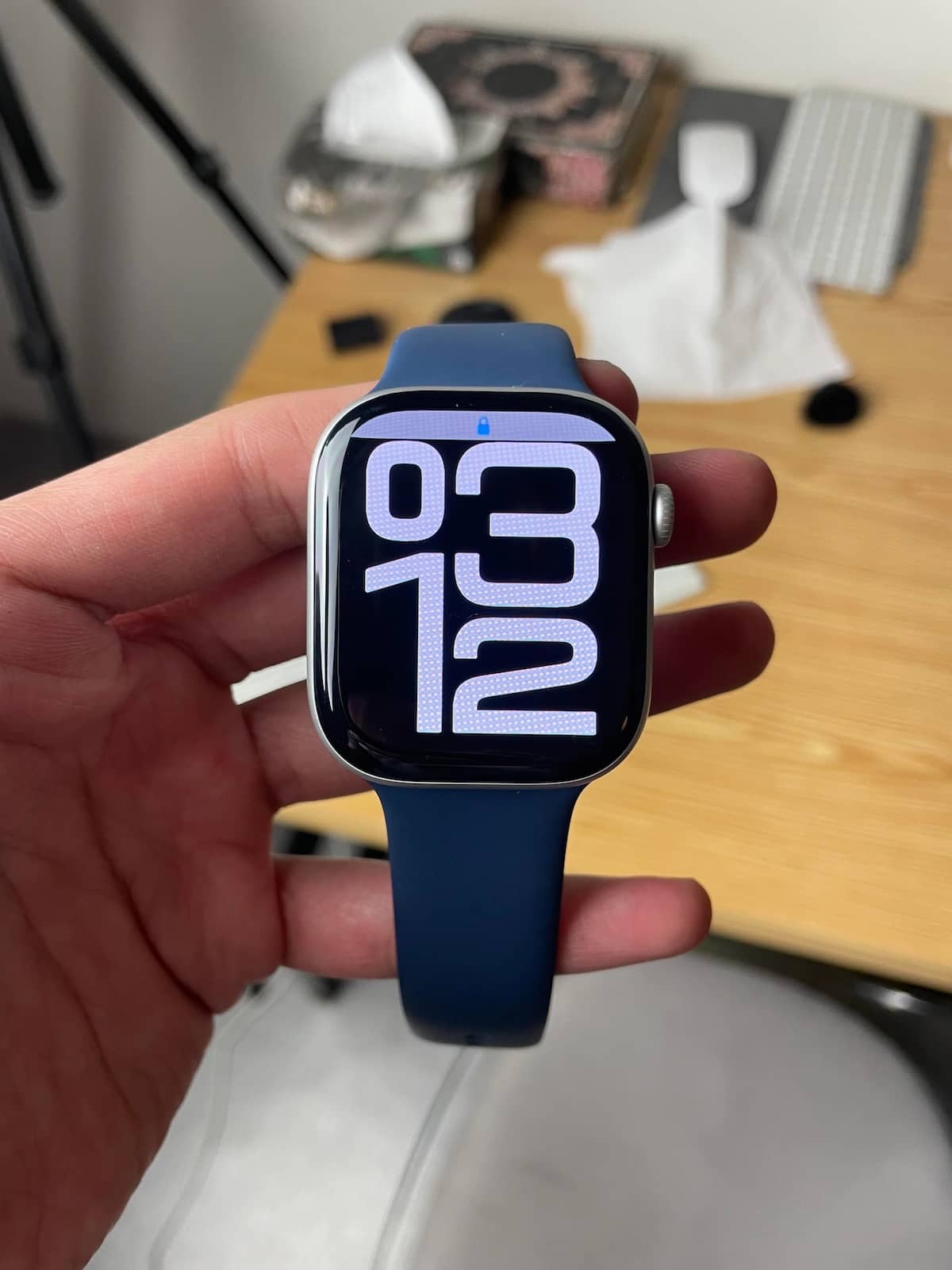
Apple has really hit ground running with the latest entry in their Watch series. It’s been reviewed by medical journals and judged as superbly well calibrated as a premium health monitoring wearable. Readers, this could well be the best smartwatch for health monitoring currently on the market. Does Samsung have a comeback they’d like to make? Here it comes now, incoming alert.
Samsung Galaxy Watch 7 Smartwatch
The clapback from Samsung arrives in the form of the Samsung Galaxy Watch 7. The 3nm process used to manufacture the 5-core processor in this smartwatch rippled several key improvements throughout the tough aluminum case, not least of which, the vibrant super AMOLED screen rendered Wear OS graphics with great detail, highlighting relevant data with smoothly rendered watch face animations. But let’s put such things aside, focusing instead on the ECG analysis and Bioelectrical Impedance Analysis sensor. With an entirely redesigned optical and electronics sensory package to the rear of the watch, such bodily metrics are recorded with impressive precision.
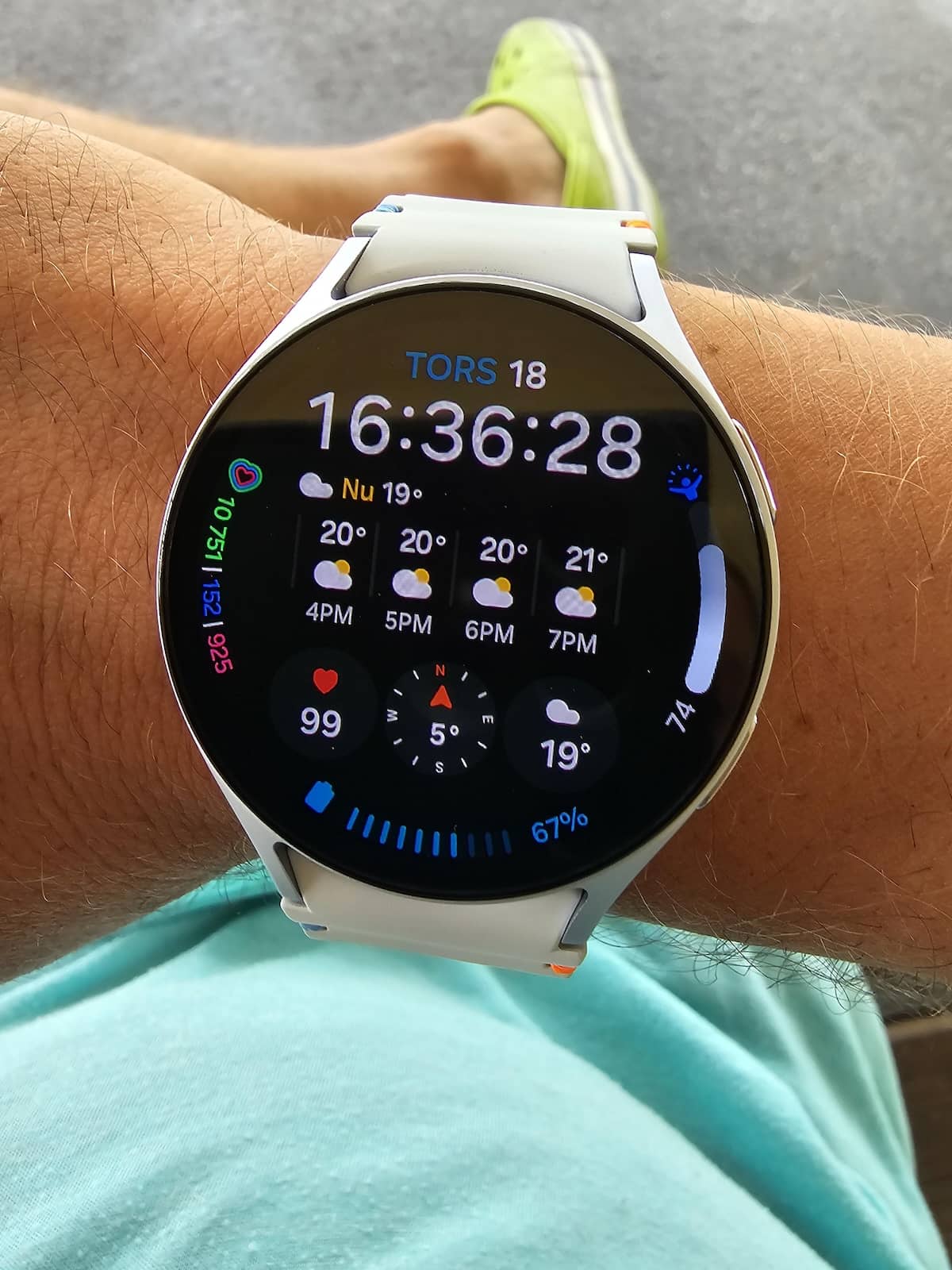
Samsung Health Monitor and Samsung Health App were the dynamic smartphone duo selected to coordinate all analyzed data. Sleep tracking resided inside the Health app, indicating early signs of sleep apnea, charting sleep wellness trends, and so on. Heart health, a metric so important that it earns its own app, was found in Health Monitor. Our nominated tester stilled himself, prepared, then put a light finger touch on the Galaxy Watch 7 Home button, as the onscreen instructions instructed, so that the ECG circuit was properly formed. Blood pressure tests are also available from this app, but medical authorities in some countries may limit the feature.
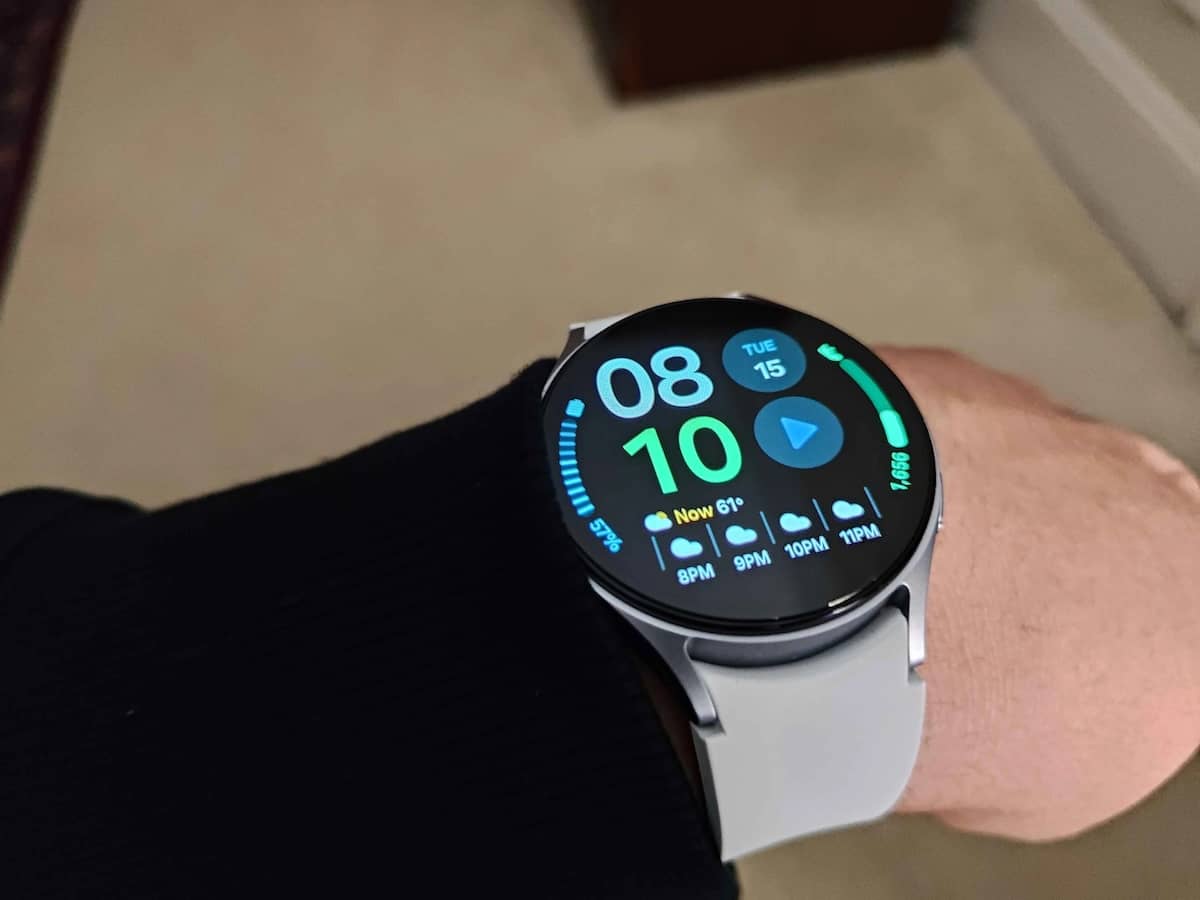
It’s clearly a fine Wear OS option that stands toe-to-toe with the Apple option in every respect. If you’re less a fan of Apple, more into Android devices, this is the wearable you’re most likely to contemplate buying. We particularly liked the motivational elements, the watch awarding badges when fitness goals were achieved.
Withings ScanWatch 2 Smartwatch
A departure from the usual smartwatch suspects takes place now as the aesthetically appealing Withings ScanWatch 2 climbs onto our best smartwatch for health monitoring list. The watch looks very much like a traditional timepiece, but that’s all a clever ruse. The wearable connects to a smartphone app—the Withings App—just like any other premium wearable in this review. It even packs a powerful ECG tracker. And coming from the health sector, Withings devices are famed as medically accurate, calibrated to guarantee accurate readings. What does all this mean? Simple, this smartwatch is trusted by professionals.
The design leans towards conventional watch stylings, with a traditional analog watch face displaying the ticks of elegant hour and minute hands. The comparison ends there. An OLED display adds two large disc-shaped info windows to the screen. It’s in those screens that our horologist lover took note of a clearly presented seconds hand and a day/date display. At the touch of a button, those screens changed content, pulling up health metrics like SpO2 and body temperature readouts.
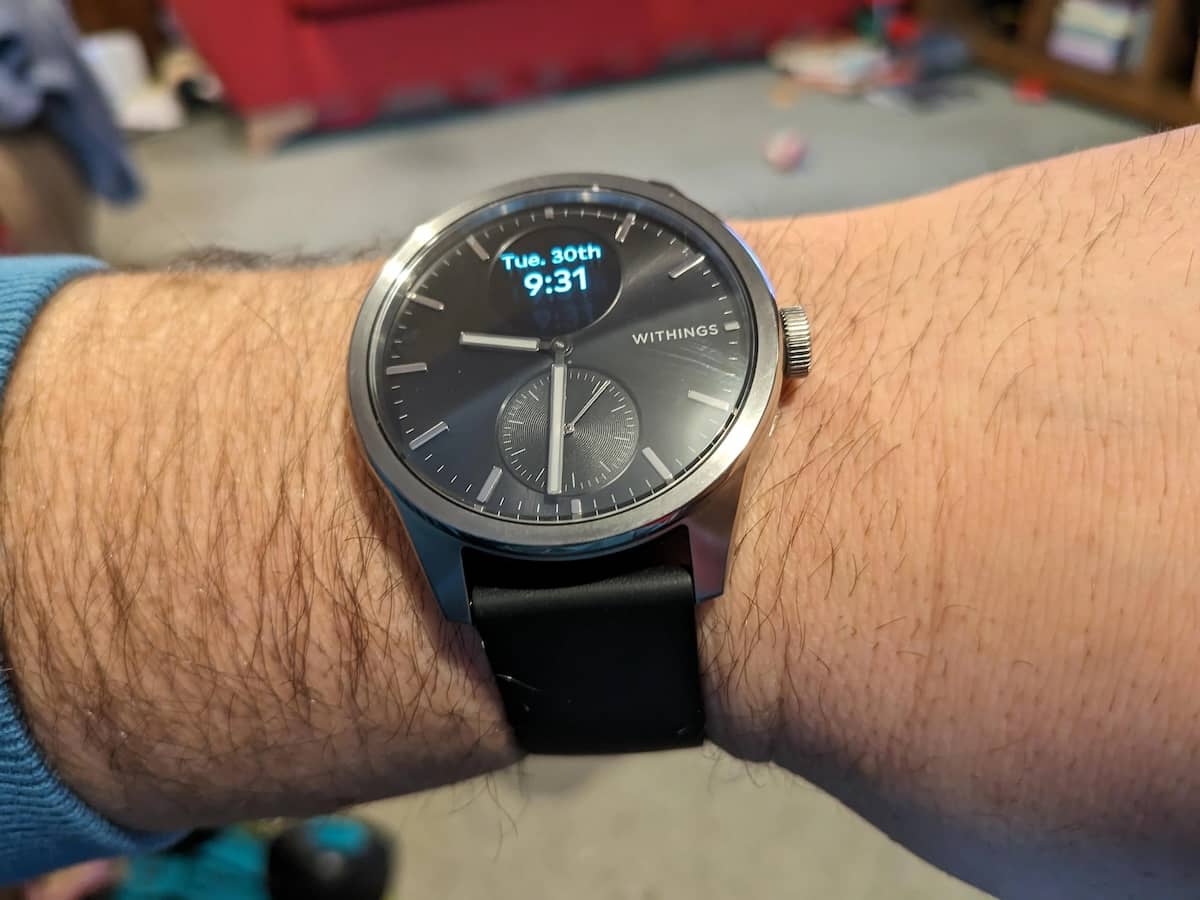
Health and wellness insights – We’ve barely scratched the surface of what the Withings ScanWatch 2 can do as a faithful wellness wearable. A 30 day battery life is built in as standard, made possible by the fact that the OLED screen uses a 282 ppi grayscale display, not a full color one that would eat through battery life. The 38mm model we tested seemed to suit women well, with Sapphire glass and a stainless steel case adding protective resilience. We’d initially judged it as a capable city watch, but the case toughness and built-in altimeter seem to imply that it would be just as at home in the wilderness, tracking heart and respiration health on a high-altitude camping trip.
Expect advanced sleep tracking and metabolic measuring algorithms, which advise of an oncoming fever, as monitored by the TempTech24/7 module. It gifts the hybrid timepiece with insights into bodily health, as temperature changes are often viewed as our physiology’s first attempt to indicate illness or borderline stress. Water resistant to 5ATM, an accelerometer is also incorporated, tracking workouts, using Bluetooth to send that data to a nearby smart device.
Apple Watch SE Smartwatch
A wearable for seniors, that’s now our immediate priority. We think we’ve struck gold in that respect by picking the Apple Watch SE. It’s the second generation edition, so price drops are likely, and it’s made by the same iconic company that designed the iPhone, which means ease-of-use is bound to be well implemented. Features like irregular rhythm alerts and fall detection have thoughtfully been incorporated, ensuring protection of our older wearable demographic via Wi-Fi, cellular, and Bluetooth 5.3 connectivity.
For eyes with macular degeneration and age-related shortsightedness, Apple had us covered. The Retina display popped with a readable OLED panel that boasted a sharp 326 ppi resolution. A high-performance S8 64-bit processor—admittedly not as powerful as the Watch 10 series—worked with powerhouse speed underneath the 1000 nit bright screen. We felt this was a compelling system spec, one that would eliminate life endangering lockups when informing emergency services of a medical crisis. It could be a real lifesaver during key moments, too, helping to avoid moments of senior confusion if a temporary glitch occurred.
If heart issues are part of this fictional senior’s health monitoring issues, we’d still advise buying the Apple Watch Series 10; the Watch edition wearables have ECG sensors, the Watch SE models do not have this feature, just regular heart rate monitoring. Apart from that, we began to think about swim aerobics, a common activity among older folk who want to keep their weaker muscles active. Happily, the 2nd generation Apple Watch SE is water resistant to 50m, so grandpa can get into the water wearing his smartwatch; the device won’t fizzle out when the aerobics routine hits its stride.
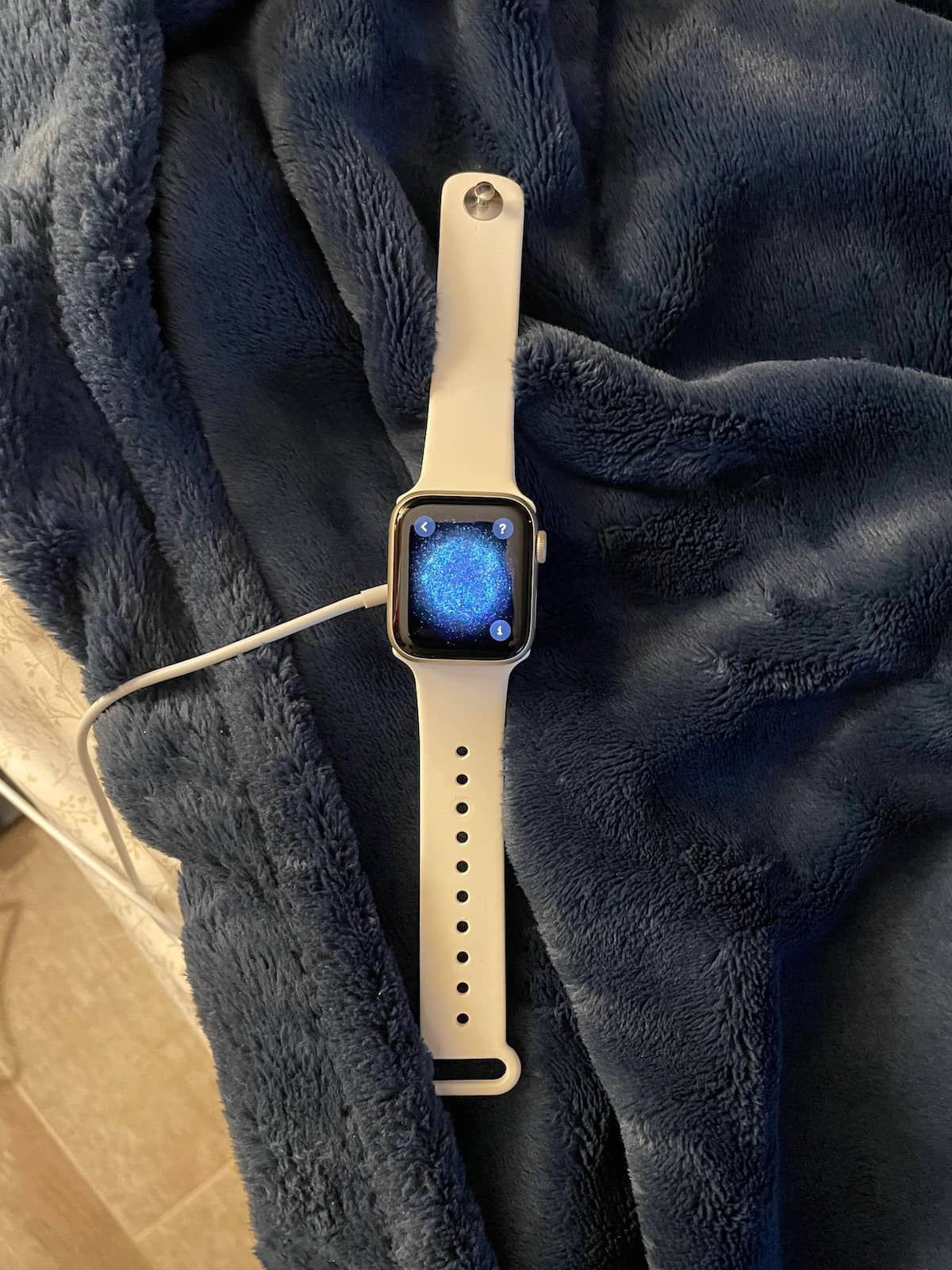
The SE edition of the Apple Watch series is a 10.7mm deep, 33g featherweight health attuned smartwatch with excellent wellness monitoring talents, but it’s not quite as tech equipped as its newer sibling, the Watch Series 10, which has a newer processor and an ECG sensor. As long as fine grained heart monitoring isn’t a dealbreaker, by all means, go for the budget-friendly choice.
Note: Every smartwatch in this category has been calibrated to produce precise health metrics, but they’re not designed to replace a medical professional’s diagnosis. If you feel as if you’re experiencing health problems, see a doctor immediately.
Smartwatches to Keep Your Health in Check
There’s not much separating the models reviewed in this collection of health-centric smartwatches. We’d suggest checking twice when looking at wearables with heart sensors, though. Sometimes the optical sensors track high and low heart rates and little more. What you need if heart health is a concern is a wearable with an ECG sensor. SpO2, aka blood oxygen saturation, is also a desirable sensor, as you’ll want to know how well your respiration is doing while your heart is placed under duress. Of some interest to medically oriented watch owners, one or two of these models are designed to measure blood pressure. We’re talking about the Samsung Galaxy Watch 7. However, this hardware feature may be disabled in some regions.
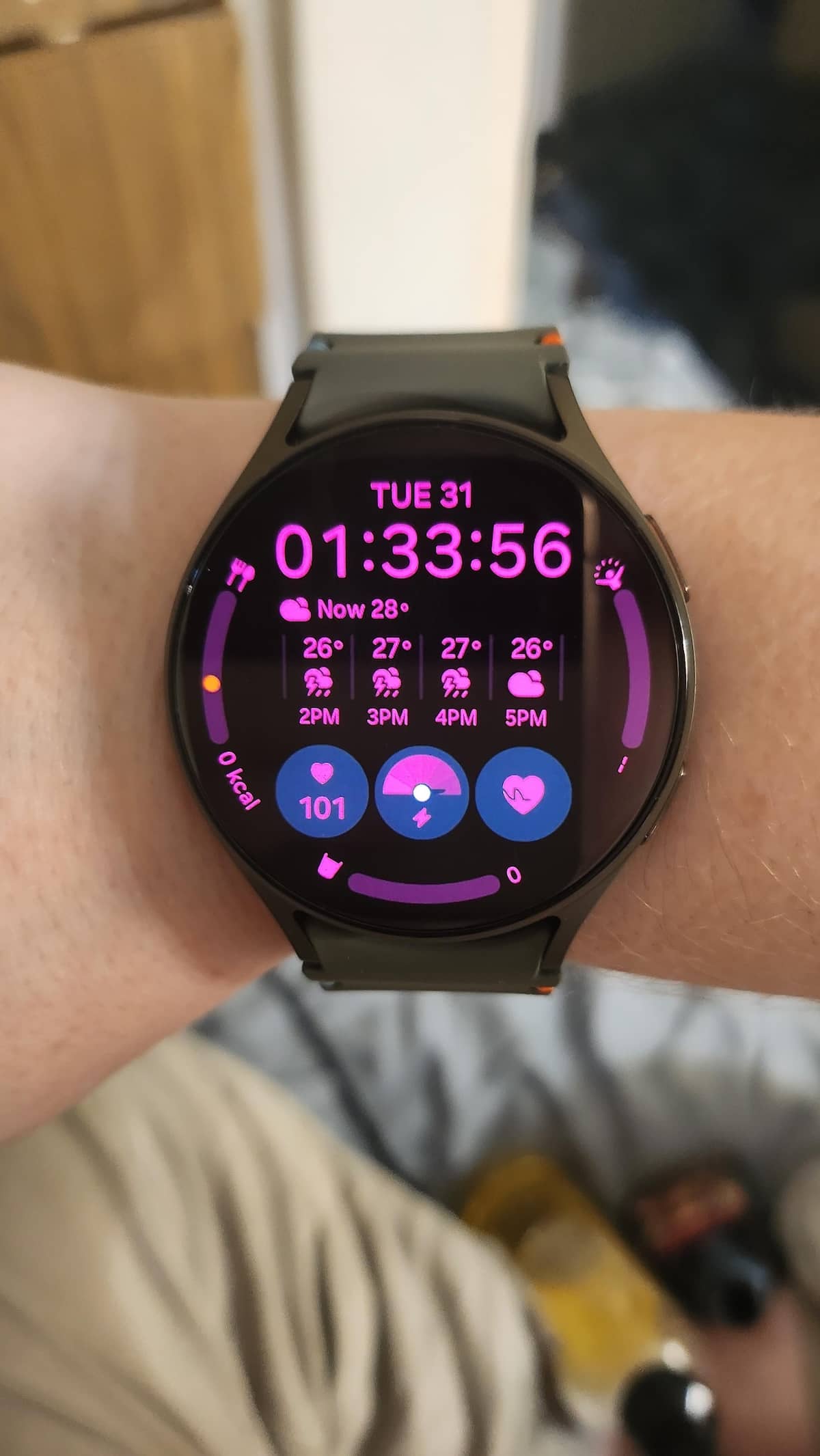
As outlier decision-making features, we’d also like to advise a model with good gyro and accelerometer accuracy. That way, the correct workout is always intelligently selected. Also, don’t forget a long battery life. The downside of all of these advanced optical and electronic sensors mounted on the rear of a smartwatch is that they chew through energy. Low power battery modes offset this effect, but that often comes at the cost of lost sensor accuracy. While some of the models market 18 hour battery lifespans, the Withings device sports a super-long 30 day battery life.
There’s no nobler reason for purchasing a health monitoring smartwatch. Fitness tracking indirectly improves health, of course, but it’s the best smartwatch for health monitoring that could mean the difference between the early detection of problematic physical issues and a happy, healthy body. Equip your wrist for proactive wellness, buy one of these smartwatches, safe in the knowledge that they’re geared to analyze and generate accurate physiological data.
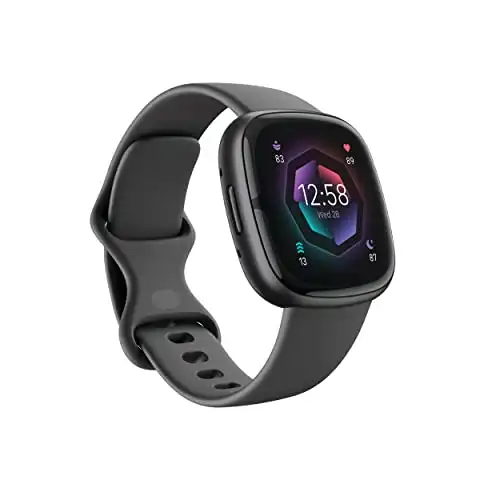
![Apple Watch Series 10 [GPS 42mm case] Smartwatch with Jet Black Aluminium Case with Black Sport Band – S/M. Fitness Tracker, ECG App, Always-On Retina Display, Water Resistant](https://homeofficeworld.com/wp-content/uploads/2025/02/31hPF0KUqoL._SL500_.webp)
![SAMSUNG Galaxy Watch 7 40mm Bluetooth AI Smartwatch w/Energy Score, Wellness Tips, Heart Rate Tracking, Sleep Monitor, Fitness Tracker, 2024, Green [US Version, 1Yr Manufacturer Warranty]](https://homeofficeworld.com/wp-content/uploads/2025/02/41ew4GQ5kML._SL500_.webp)
